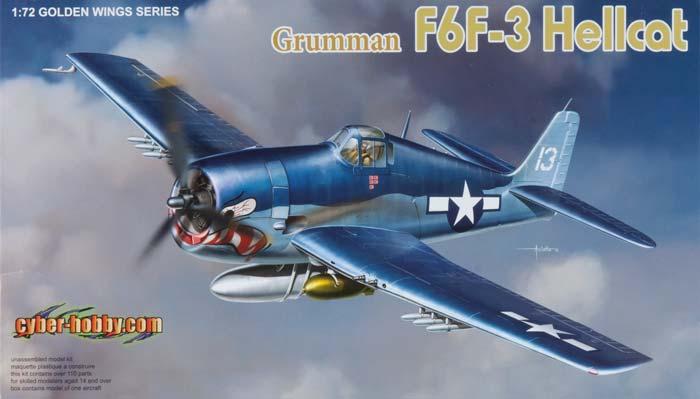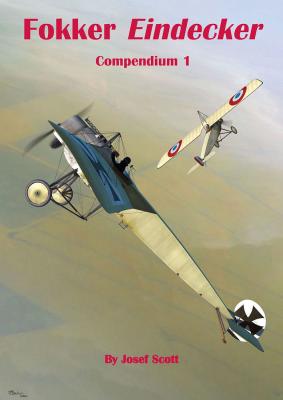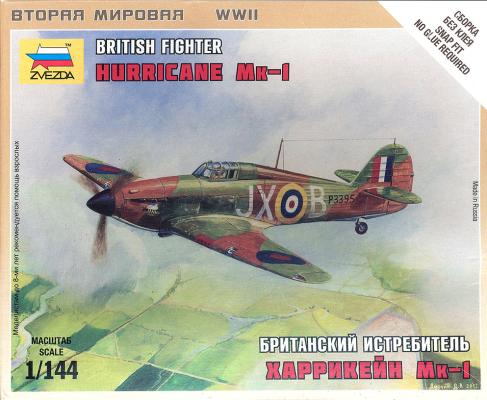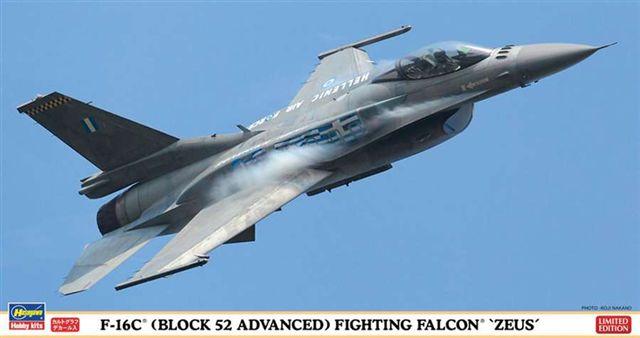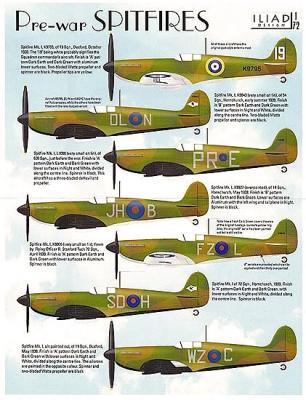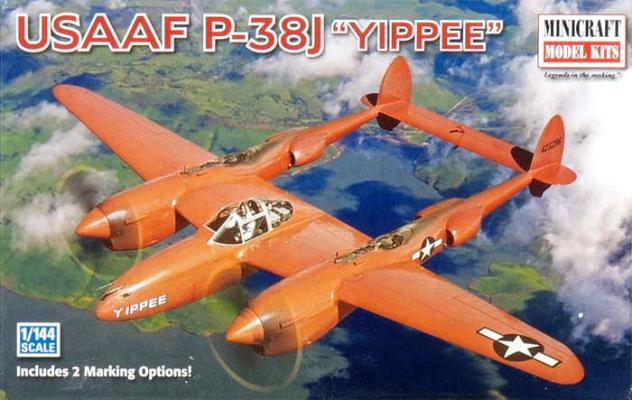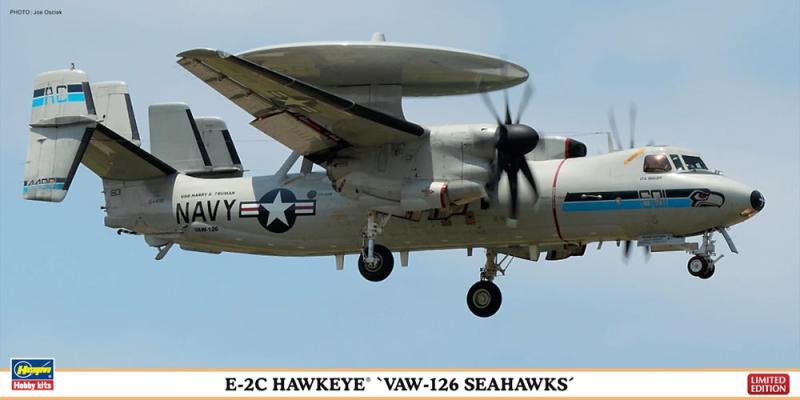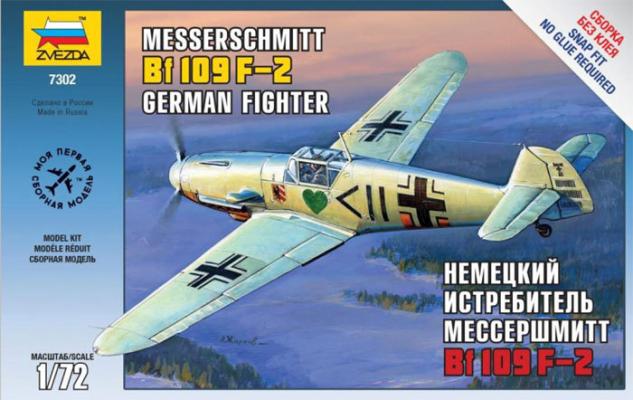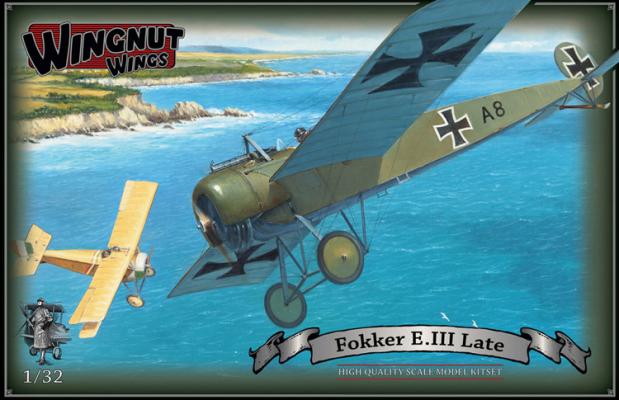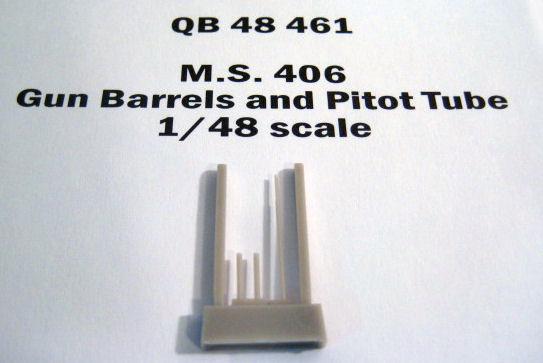Cyber-Hobby has recently entered the model aircraft community, and their latest offering is that of a 1/72 scale F6F-3 Hellcat. The kit builds up reasonably well, with good fit for most of the parts, and options such as extended or retracted landing gear, open or closed canopy, and extended or retracted wings. Cyber-Hobby also does a nice job of including the markings for six different squadrons, and in the case of VF-27, there are markings for three different planes with the legendary “cat mouth” motif. The kit itself contains 124 light gray parts spread across seven sprues, as well as 5 clear parts on a single sprue and 4 photoetch pieces on a single fret. The directions are on eight pages (a single sheet of paper with three folds), and are printed in black and blue. The kit will make a great addition to the collection of any modeler who is interested in the venerable Hellcat in this scale.
Many decades ago when I became initially fascinated with early aviation and the adventure of WWI fliers in particular, the aircraft that symbolized that era and fascination was, and still is for me, the Fokker Eindecker. Like most modelers interested in WWI aviation, I considered the Eindecker a favorite kit. Unfortunately, until Eduard began producing quality plastic injection kits, a good, accurate, and relatively easy to build Eindecker was hard to find – and one in the larger scales, almost impossible. Accurate information was equally difficult to come by. Most information in depth was to be found on a few enthusiast WWI aviation sites, and even then, contention was rife and misinformation common. This led to the occasional and mainly entertaining flame wars which would flare up, burn brightly for a time, then die down only to lie smoldering until the next ‘expert’ pronouncement was made.
The Kit
This is another of the 1/144 aircraft for Zvezda’s “Art of Tactic” game system. As such, it’s designed to be robust enough to stand up to handling and repeated abuse. It also means that some of the delightful little details and add-ons you find on other 1/144 fighter kits aren’t there. The kit is only 8 parts plus the stand, and it’s designed to be a snap-together kit. OK, but the horizontal stabs won’t take much handling, and I recommend glue.
Assembly
This was really easy. The single-piece fuselage snaps onto the single-piece wing, the horizontal stabilizers snap into place and immediately fall out, the prop assembly presses onto the pin, the solid canopy presses onto a pin, and the landing gear press into place. I did the painting before putting the prop, gear and canopy on.
History – The Hellenic F-16 Demo Team was created in February, 2010, continuing the legacy of the former Aerobatic Teams of the Hellenic Air Force: “Carrè of Aces”, “Acro Team”, “Hellenic Flame”, “New Hellenic Flame”, and the T-6A Demo Team.
In November, 2010, the first official performance of the F-16 Demo Team of the Hellenic Air Force was made during the Open Days of the HAF at Tanagra Air Base. The aircraft used was the #534 and the pilot was Captain Karachalios.
The current team comprises personnel from the 340 and 343 Squadrons, both of which are based at Souda Air Base. The team consists of two display pilots, two safety observers, one narrator, one camera man and three crew chiefs. The team uses an F-16 Block 52+ configured with Conformal Fuel Tanks.
Team's call sign during the demo flights is “Zeus”, representing the father of the Olympian Gods of the Ancient Greek mythology.
Iliad Design continues to add interesting decal sets to their line. They have selected seven unique early Spitfires for their most recent 1/72 set #72009. Any of the markings will make a 1/72 Mk.I (actually, Mk.1a) stand out among the usual fare. Included on a single sheet are markings for:
Every once in a while a kit comes along that you feel you must do, only to be disappointed. This is one of those kits.
I happen to love P-38 Lightnings and “Yippee” in particular. “Yippee” was the 5000th P-38 built, and Lockheed decided to make it special. They painted it bright orange (not red, as many thought). On the bottom of the wing they painted “Yippee” in large white letters. I thought I would love to make a model of this aircraft and when Minicraft released it in Sept. 2012, I just jumped at the chance to review it.
Overview
Since its entry into Navy service in January of 1969, the Hawkeye has been the carrier-borne “eye in the sky” of the fleet. First flown October 21, 1969, the E-2 series has participated in every US combat action since Vietnam. After a rough start due to some teething problems with the electronics on board, the E-2 series is ready to serve into the foreseeable future in the form of the E-2D Advanced Hawkeye. This model represents the E-2C series serving with VAW 126, The Seahawks. The Seahawks began operations with the Hawkeye back in April, 1969. The squadron has served around the world aboard 8 different carriers. Sporting an upgraded electronics suite and the wicked looking scimitar propellers, the E-2C has a utilitarian look that matches its mission.
The Kit
History
The 109F variant was the 2nd major design change for this aircraft. It first appeared in 1940, the -2 in April of 1941. The -2 was similar to the -1 with the exception of a better cannon firing through the nose (mg 151/15).
The Kit
A snap together kit!!! Now, that is my speed! This kit comes in an end-opening box. You are provided with two sprues of grey injected plastic, one clear single-piece canopy, one matte finish decal sheet with markings for two aircraft, and the instructions. The detail was crisp with fine panel lines and no flash. No noticeable pin or sink marks, either.
Part 1 – History
The Fokker Eindecker is the classic prototype of the single-seat, purpose-built fighter aircraft. Probably everyone knows the basic story, which is simplified and almost mythical in content. The French aviator Roland Garros had deflector plates bolted to the back side of the prop on his Morane-Saulnier monoplane and began shooting up German observation craft in 1915. This drove the German High Command nuts and they were at a loss about how to deal with this. Or so the story goes. It appears that the bullets striking the deflector plates on Garros’ prop knocked it loose enough to kill the engine somehow and he had to put down behind German lines. The Germans asked Anthony Fokker to come up with an answer and he quickly whipped out a synchronizing mechanism, fitted it to a Parabellum LMG-14 machine gun on his Fokker A-II observation craft and, voilâ, the first fighter was born.
Hobbycraft’s Morane Saulnier 406 is not a new kit, but that doesn’t mean that Quickboost has ignored it. The M.S.406 has a large pitot tube. This would be hard to keep round when removing the mold lines. Well, hard for me, anyhow. The gun barrels are again something hard to keep round, let alone hollow out the end. Quickboost does this perfectly in every example that I’ve had the pleasure to look at.
The three pieces are perfectly molded in light grey resin. The gun barrels are hollowed out perfectly, as I said before. The cross section on all the parts is perfectly round. These parts will add to the look of your French fighter. Highly recommended.
Thanks to Quickboost and IPMS/USA for the review copy.

